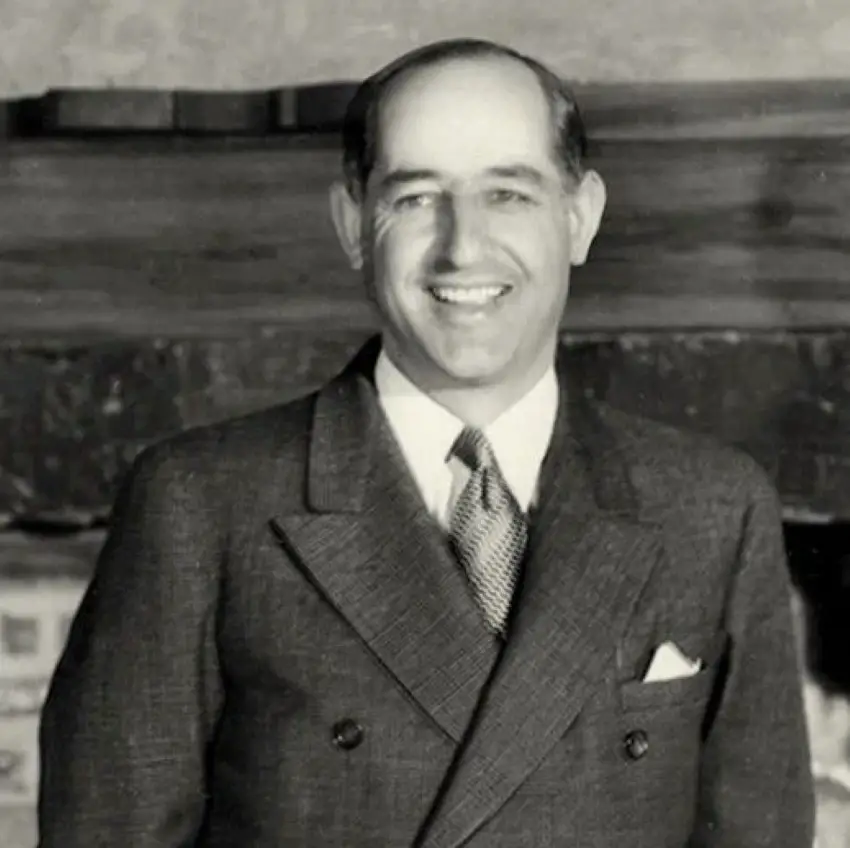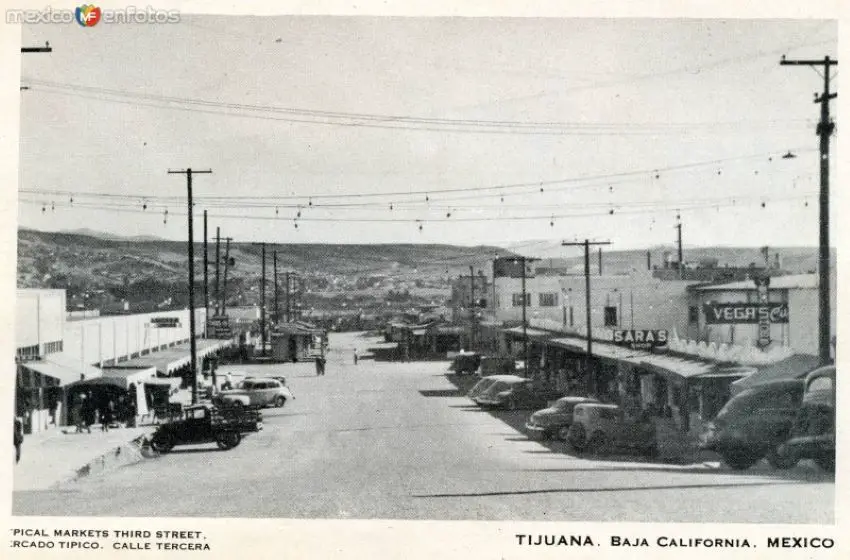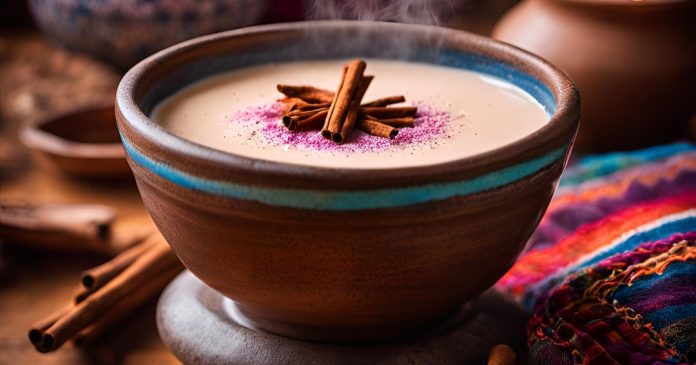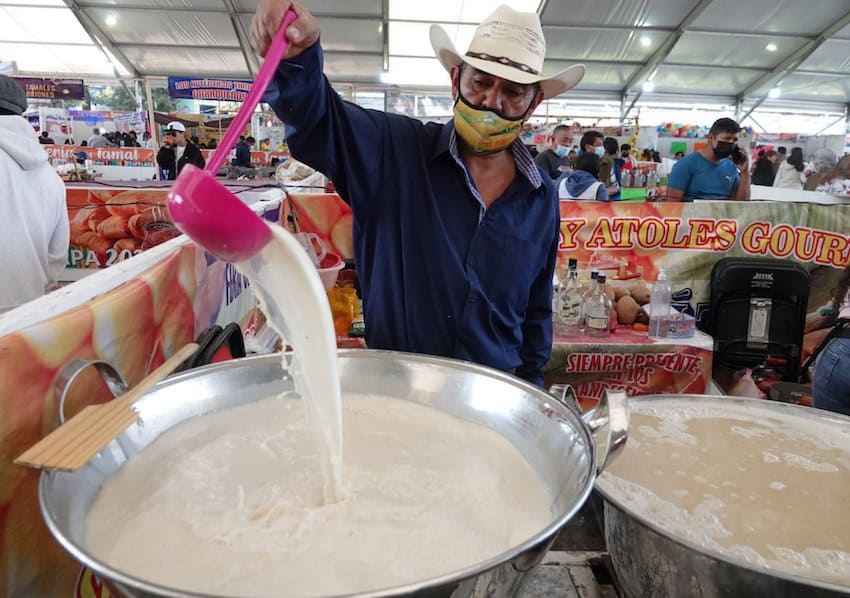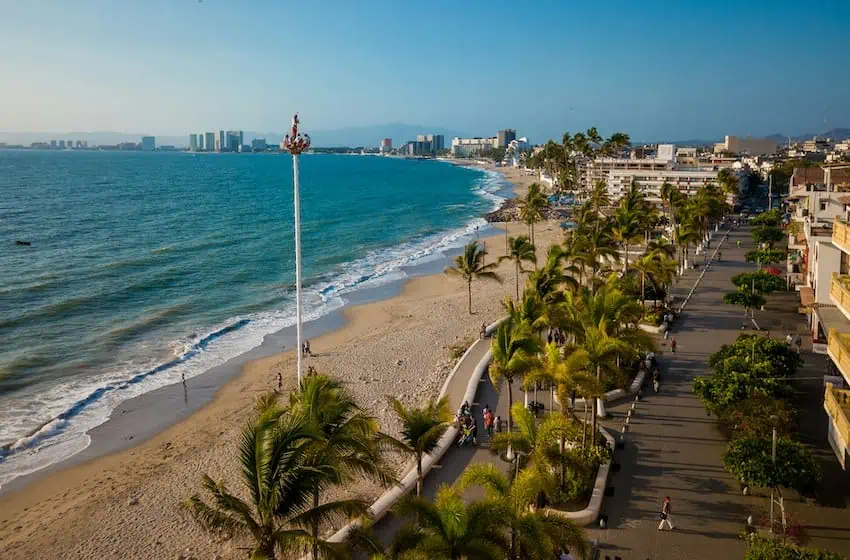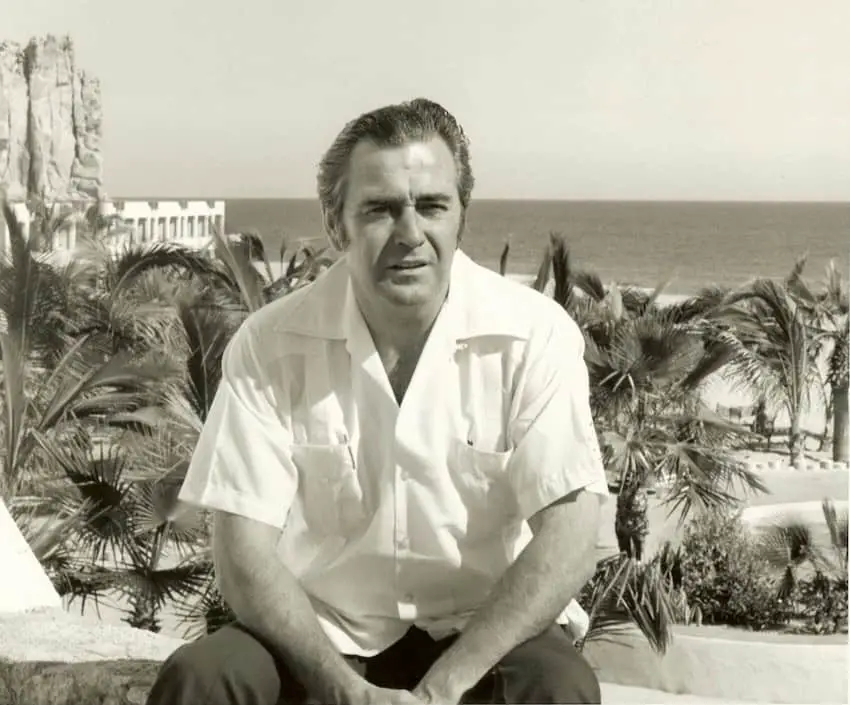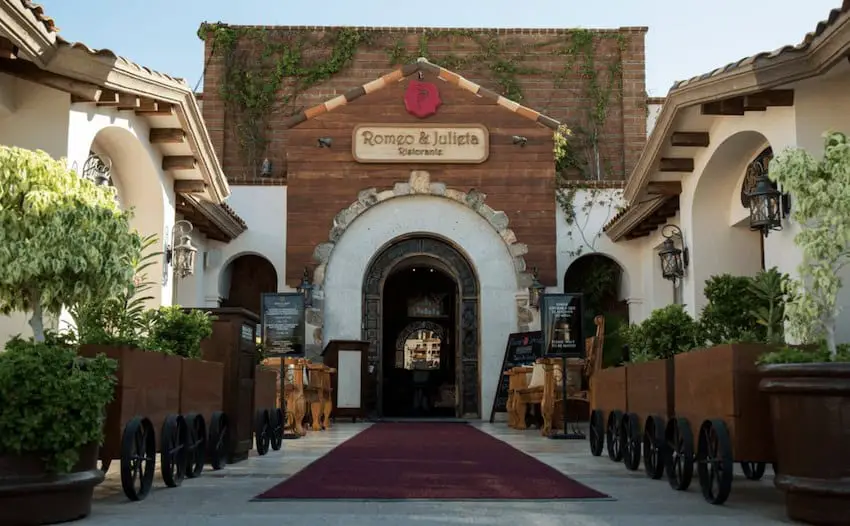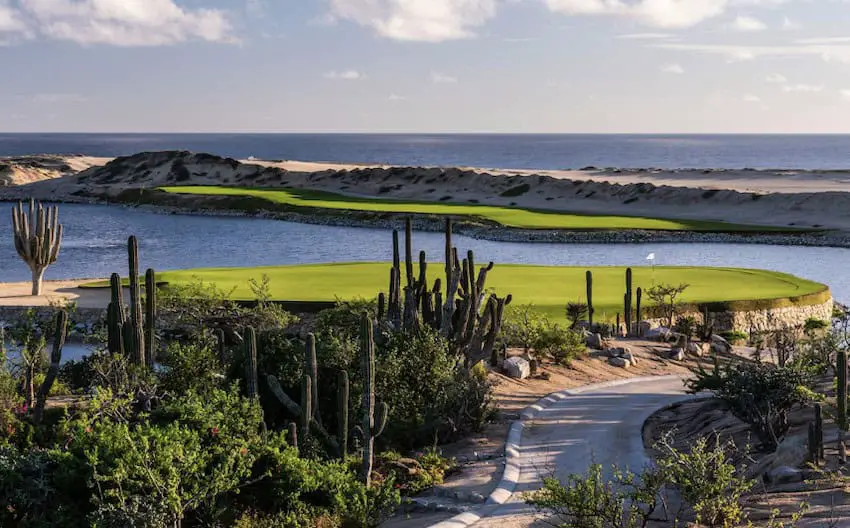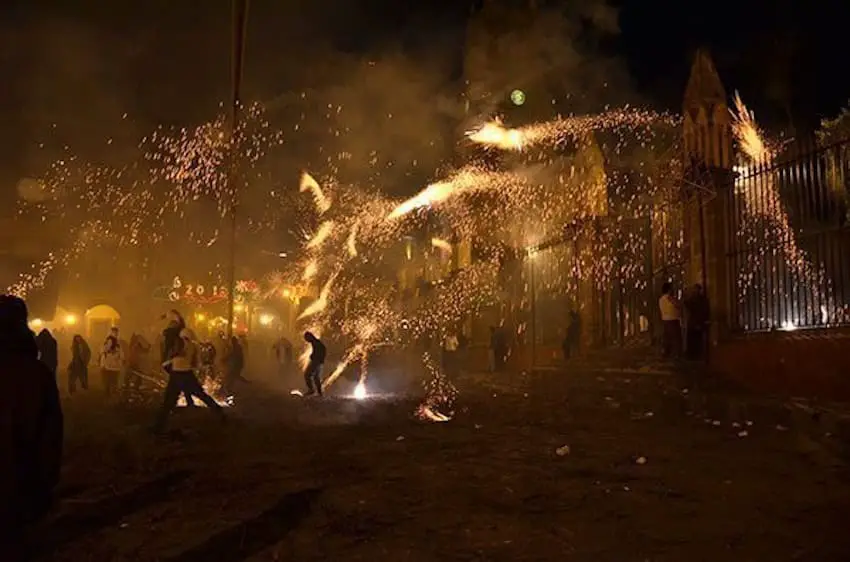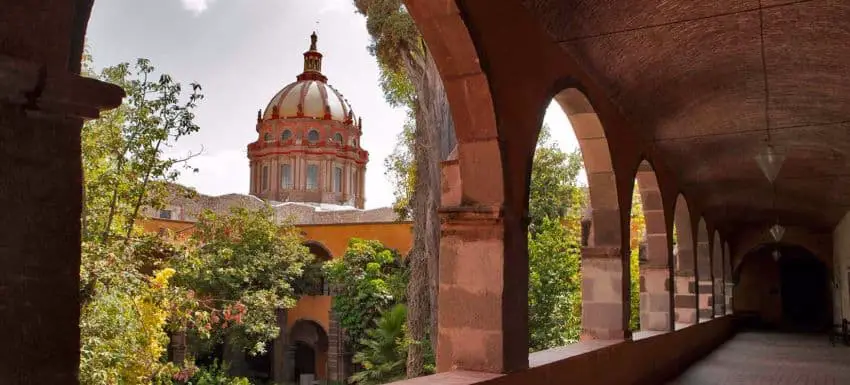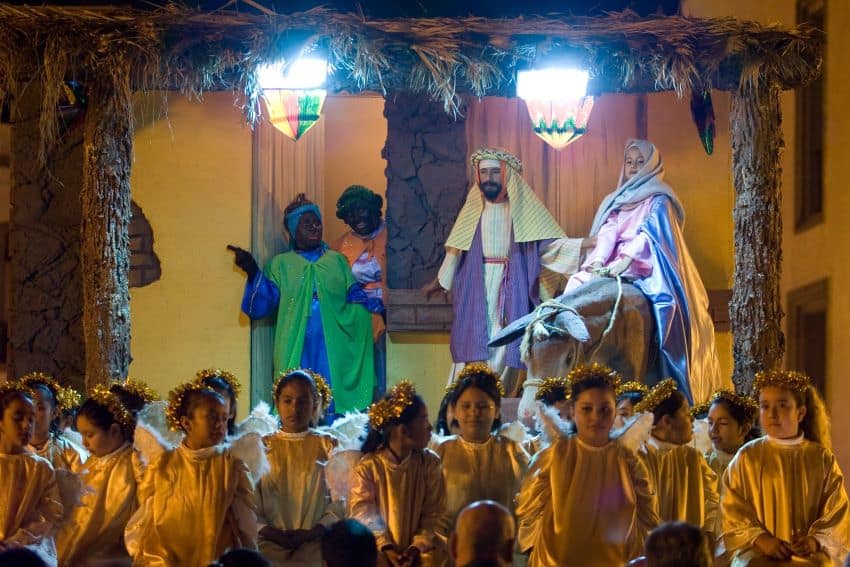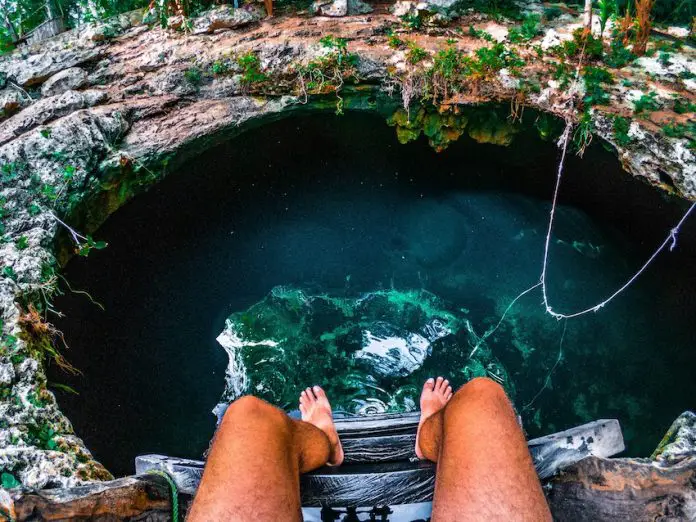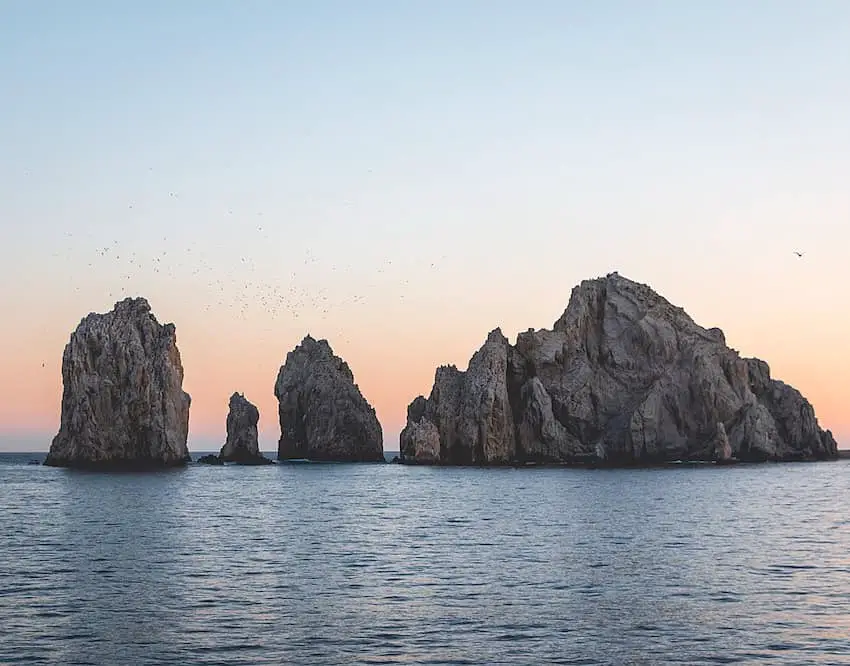Champagne and hors d’oeuvres, flying acrobats, holistic wellness festivals, rock bands, and International Salsa masters will all keep you entertained this December in the Riviera Maya and across the Yucatán peninsula.
Whether you enjoy traditional plays, tomfoolery, or the fine arts, it’s all here this month. Whether you’re a local resident or a visitor to one of the incredible resorts throughout the region, make the end of your 2024 a great one!
Stretch Bracelet Making
Looking for that special Christmas gift? Why not make it in this fun, crafty and creative custom-made jewelery workshop. Design, your one-of-a-kind bracelet and make it under the expert tutelage of a jewelry designer to help make your masterpiece. Made with natural and semi-precious materials. Perfect for every skill level and age, this is a great family, or friends, activity to prepare for the December activities.
Date: December 3, 4.
Location: Boheme, Playa del Carmen.
Cost: 467.50 pesos (includes bracelet)
Holiday Spectacular Fundraiser

Start the silly season our right with champagne and hors d’oeuvres. Then enjoy a holiday concert followed by wood-fired pizza, beer, and wine, pinata-hitting fun, a silent auction, and hopefully win some of the raffle prizes. This charity event sends 100% of your ticket price to Tacos & Toys charity.
Date: December 4-6
Location: Hacienda Wakax, Playa Del Carmen, Carr. Cancún – Tulum Km 239
Cost: 2,000 pesos
Espiritu Holistik Festival

Immerse yourself in wellness, music, and love at this wellness festival with activities for all ages. Conscious yoga for adults and yoga kids for young ones. Plus, a temazcal (sweat lodge), traditional massage, ice baths, and ecstatic dance are just a few things to do and see. Add in holistic markets and great food and it’s a fun day out for every age.
Date: December 7, 8 a.m.-10 p.m.
Location: Espíritu Wellness, Avenida Kukulkan, Tulum
Cost: Tickets 555 pesos.
Paupapa Salsa & Casino Dance Fest
View this post on Instagram
Latino dance lovers break out your dancing shoes at the largest festival in Merida. Explore and learn different syles of salsa: Casino (Cuban Salsa), Bachata (from the Dominican Republic), and the swaying sweetness of Paupapá. You can join International and national masters in workshops, and dance contests, or just enjoy watching the professionals and competitions in a toe-tapping good time.
Date: December 13-15
Location: Merida, Yucatan.
Cost: Tickets from 990 pesos.
Mexican Rock
After 37 years of playing some of the best events in Mexico and abroad, Tex-Tex is coming to Playa del Carmen for the first time ever. Grab your gal and enjoy a night out listening to some of Mexico’s best rock. DJs and Bohemios del Rock are in the lineup as starters, as well as Los Nitos to help you get in the groove. Doors open at 9 p.m.
Date: Saturday, December 14
Location: Sushi 3:1, Playa del Carmen
Cost: Presale 250 pesos, 300 pesos on the door.
Pastorelas

These fun traditional plays are popular in Isla Mujeres and Merida, as well as Playa del Carmen so if you’re in these areas be sure to stop by and enjoy a real Mexican Christmas treat. It’s the tale (and usually a very funny one) of Mary and Joseph’s search for shelter the night the baby Jesus was born. With candlelight, processions, and typically sweet treats and some punch to be found as well.
Dates: December 16-24
Location: Churches and town squares in Isla Mujeres, Merida, Playa del Carmen
Cost: Free
National Day of Mayan Culture
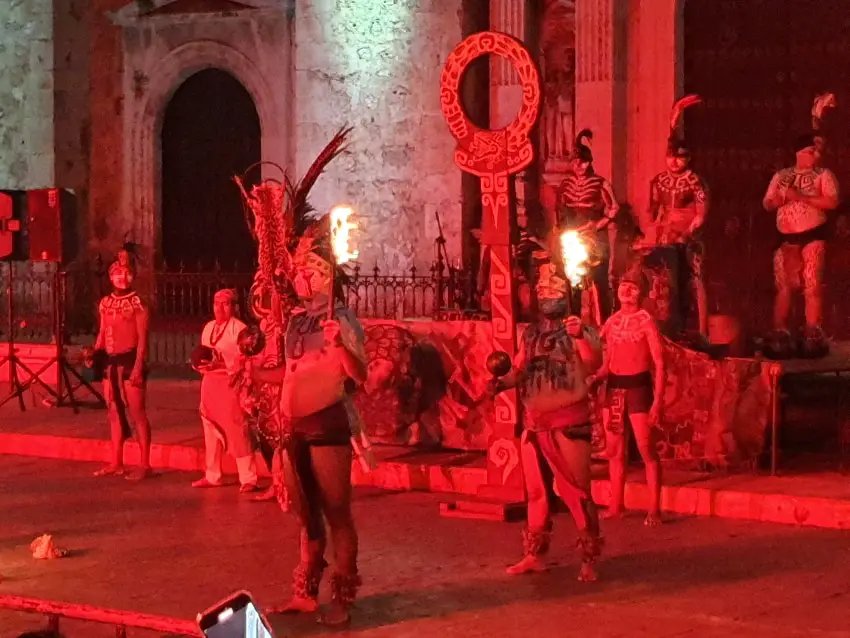
A thigh slappin’ good time (literally) in honor of preserving Mayan customs, there is a ceremony for the inauguration of the ULAMA Games (P’ok ta P’ok), in which the Ancient Mayan Ball game will be played. Watch the feathered headdresses shake in an athletic display, just like the Maya warriors of old used to do.
Date: November 19 at 10 am.
Location: Quintana Roo Park, Cozumel
Cost: Free to enter
Cirque Du Soleil’s JOYÁ
If you’re like me and this show has been on your list but the year has gotten away from you, December is the last chance to see JOYÁ. Dinner and show at its finest with champagne and flying acrobatics, a 3-course meal, and a wonderful story of a grandfather and granddaughter trying to unfold the mysteries of life. Set in the jungles of the Riviera Maya, expect beauty at every turn.
Date: until the end of December 2024.
Location: Cirque Du Soliel Theatre, Vidanta Riviera Maya, Playa del Carmen.
Cost: From 1,800 pesos, see options here.
Epic New Year’s Eve Jungle Party
Music lovers rejoice, this year’s SET Underground New Year’s Eve Jungle Cenote party in Tulum will have you dancing till dawn. See in the new year with an epic lineup including Bora Uzer, Christian Löffler, and Parra for Cuva. Doors open at 8 p.m. and it goes until 8 a.m. on New Year’s Day.
Date: December 31
Location: Vesica, Tulum
Cost: Tickets start at 985 pesos
Mexico Correspondent for International Living, Bel is an experienced writer, author, photographer and videographer with 500+ articles published both in print and across digital platforms. Living in the Mexican Caribbean for over 7 years now she’s in love with Mexico and has no plans to go anywhere anytime soon.







